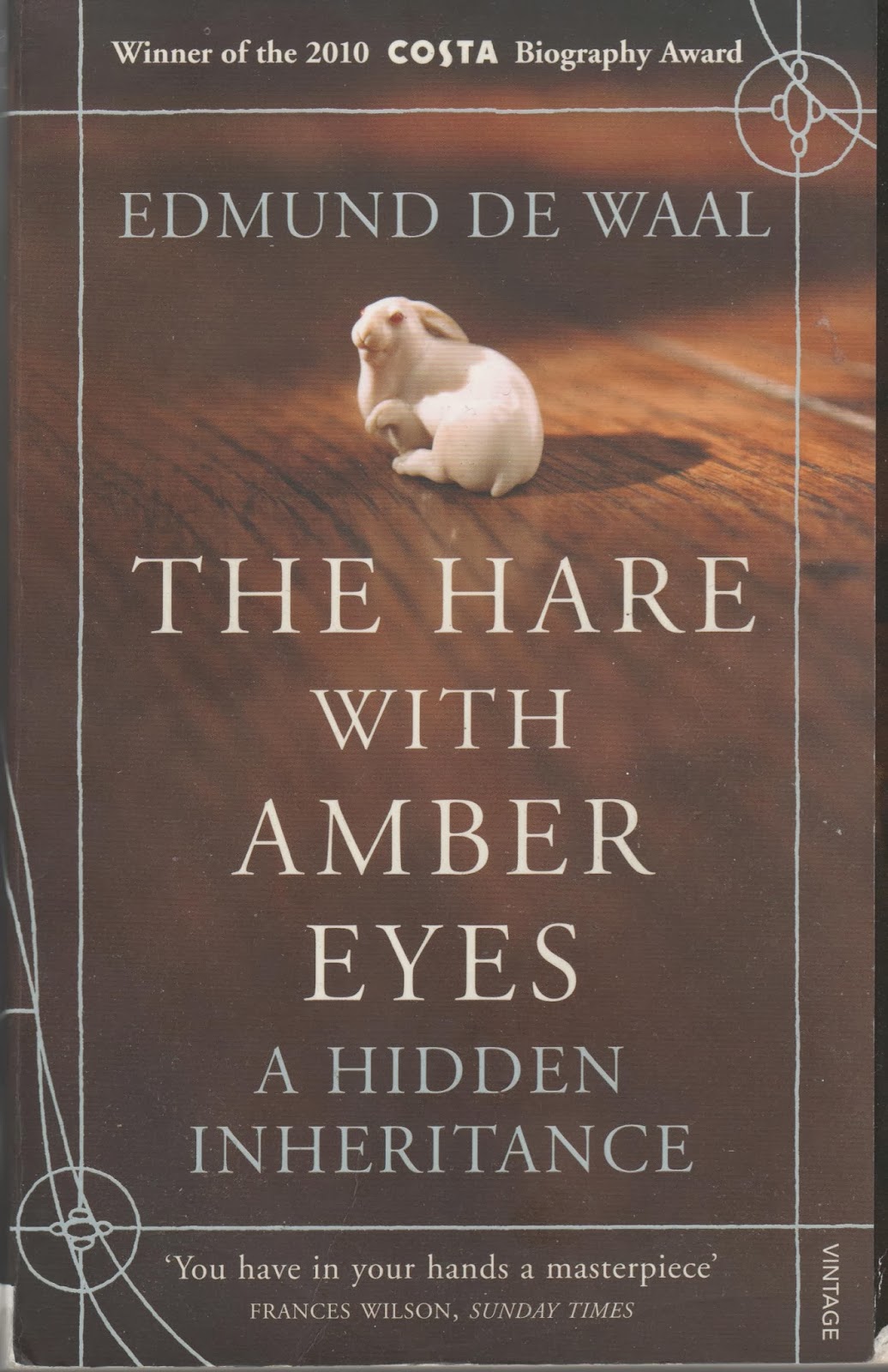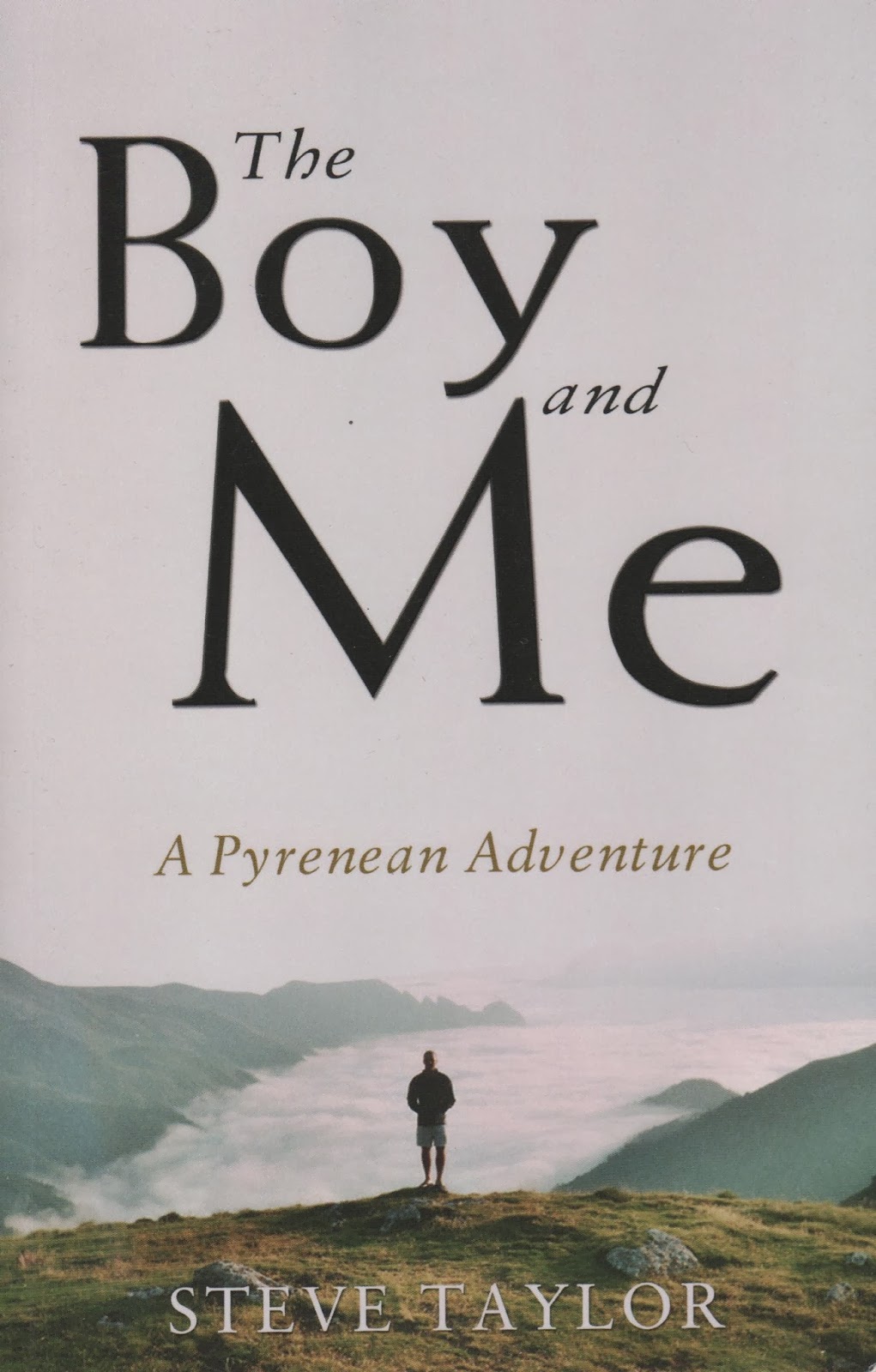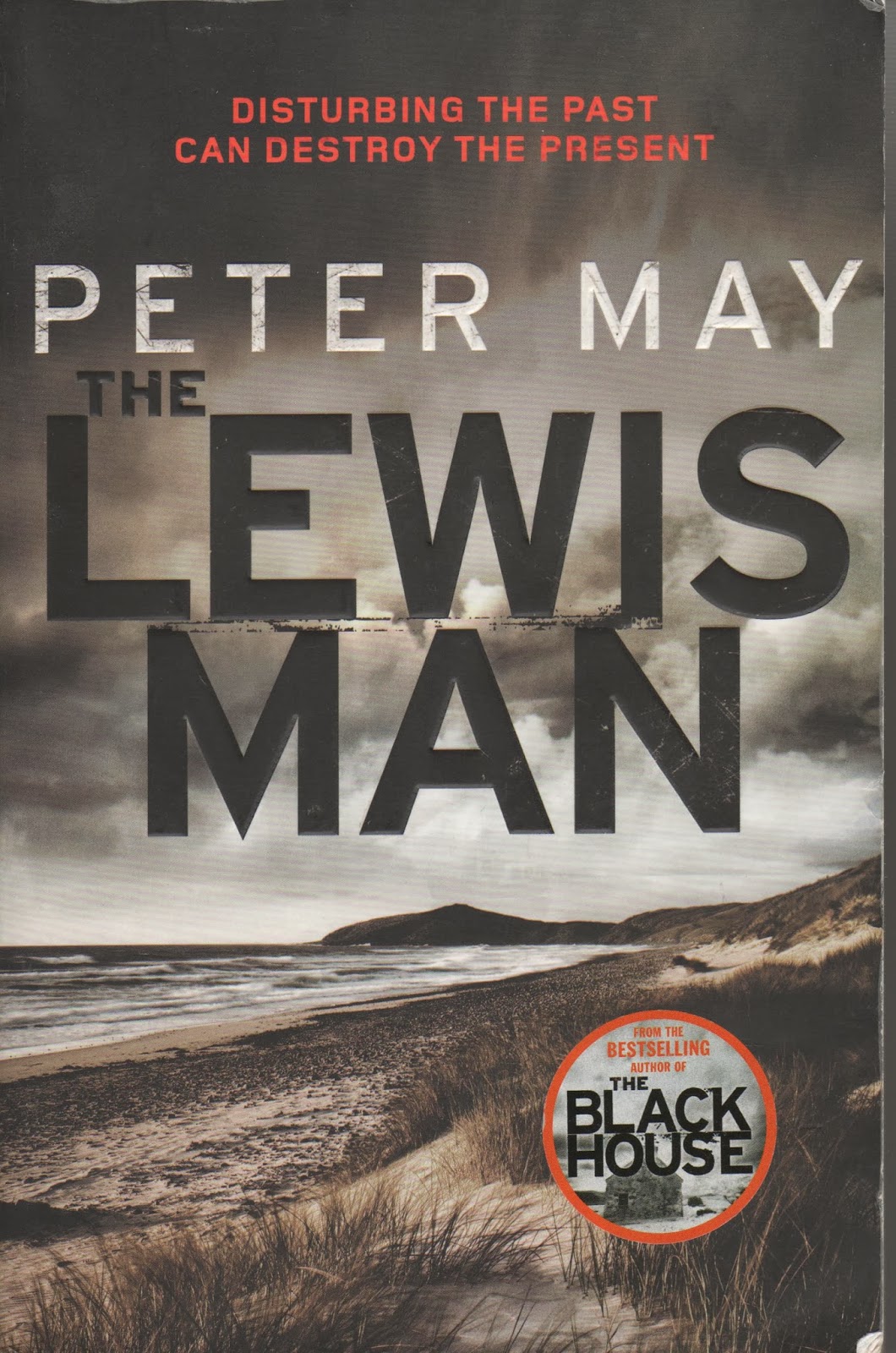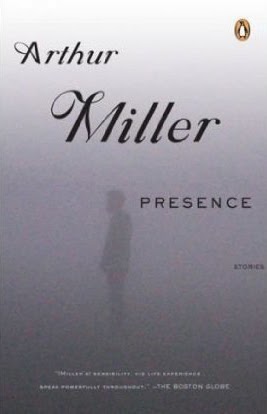We have a large and eclectic collection of books in our house (despite the acquisition of a Kindle a couple of years ago), ranging through fiction, factual, learning and art, and it was fascinating hunting through looking for examples of each of the categories. I noted that many of our older books had drawings or just text on the cover rather than photographs. Of the categories listed in the course notes I found the minimalist landscape the easiest to find with still-life clos- up next followed by out of focus photograph. I found an inverted photograph and historical archival photograph the most difficult.
Out-of-focus photograph
Joe Simpson is a mountaineer of world renown and his book, This Game of Ghosts follows Touching the Void which tells of an expedition to South America where he nearly lost his life. This Game of Ghosts tells of his rehabilitation after the accident and how he coped with this near death experience. He also talks fondly of friends who dice with death on a daily basis, many of whom have died in the mountains. The publishers have chosen as the cover a slightly out-of-focus image of Joe after he and Ian Whittaker had spent night hanging from ropes on an Alpine climb which nearly took their lives; the fear shows in his eyes. I think this photograph was chosen to go with the title; the out of focus look portraying how close to a ghost he has come. There is no photograph on the back cover.
Inverted Photograph
This is the nearest I could come to an inverted photograph, but, being a reflection, it is only half inverted. Philip Ball is a science writer and Consultant Editor for Nature. Branches is part of a trilogy on nature's patterns. This book talks about the patterns in nature and tries to answer the question why those patterns exist; in this instance concentrating on branching patterns. The publishers have obviously chosen this image as it is of a branch in water with it's inverted reflection. Part of the cover image also forms the back cover and this is just the inverted reflection. It is not a wrap around cover photograph.
Historical archive photograph
Having failed in our own collection of books I found this book in Waterstones bookshop in the history section. Using contemporary evidence it attempts to get behind the myth of Richard 111 and tell the true story. The cover photograph is of a contemporary painting and has been cropped to leave negative space at the top for the text.
Another book I found in Waterstones history section, it tells the real story behind Hereward the Wake. After the Norman Conquest William set about subjugating the people of this country. Few gave any resistance but one such is Hereward. The book cover features a complete wrap around photograph of the Bayeux Tapestry showing the link between Hereward and the Norman Conquest. The image has been cropped to leave negative space at the top for the text.
Still-life close-up
Rogue Male by Geoffrey Household is a novel in which the hero attempts but fails to assassinate Hitler and subsequently finds himself on the run from Nazi agents. He enters Europe on a hunting trip before the second world war and, therefore, has reason to be carrying a high powered rifle. It is with this that he attemps the assassination. As part of the story he returns to southern England where he finds refuge in a long forgotten and hidden sunken lane, a hollow way. On the cover the publishers have used an close-up still-life of a rifle with telescopic sights and an image of Hitler (look alike?) in the background. A section of blurb on the front connects the two images. There is no photograph on the back.

The Hare with Amber Eyes by Edmund De Waal is a biographical account of his family history by tracing the whereabouts of a family heirloom:264 netsuke; Japanese wood and ivory carvings that were used by Japanese men to hold a container of their belongings in place on their belt by tucking the netsuke under their kimono belt. The story begins in fin de siecle Paris, when the netsuke were collected by Great Grand Uncle Charles Ephrussi and then passed through the hands of various family members in Vienna and Tokyo and finally to Edmund himself. The family is Jewish and began as wealthy but self-made traders in wheat in Odessa and then established an empire in Paris and Vienna. Being Jewish and in Europe during the two world wars their fortunes declined dramatically. It is a book I couldn't put down and I have sine begun a collection of more modern bone netsuke. I first was made aware of the story when it and Edmund De Waal were featured on BB2's Imagine programme. The image of one of the netsuke has been chose to perfectly illustrate the title.
Minimalist landscape
Peter Robinson is the author of the well-known Inspector Banks detective novels that also feature on television. This cover is typical of those of the latest Banks novels. It only appears on the front cover; there is no image on the back. It is a very minimalist landscape and the misty sky allows plenty of space to write the text without covering important parts of the image. Apart from the fact that it features countryside typical of that in which Banks lives and works I can see no relevance to the contents of the story.

This book again is a minimalist landscape with a large amount of plain sky to accommodate the text. In this instance the photograph was taken by the author and features the boy in question. This is a travel book about a father and son's epic backpacking expedition along the watershed of the Pyrenees from the Atlantic to the Mediterranean. The image in this case particularly illustrates the book and makes a good cover image from that point of view. Although not a complete wrap around the photo continues onto the spine of the book.

Another minimalist landscape image for this cover and this time being a complete wrap around. Although it doesn't say so I suspect that the photograph is taken on the island of Lewis. Lewis Man is a mystery detective story taking place on the island so the cover is particularly appropriate. Although it doesn't specifically illustrate any particular event in the story, it does show the type of landscape in which the story takes place. I particularly like this image and the way it has been partially desaturated.



















































